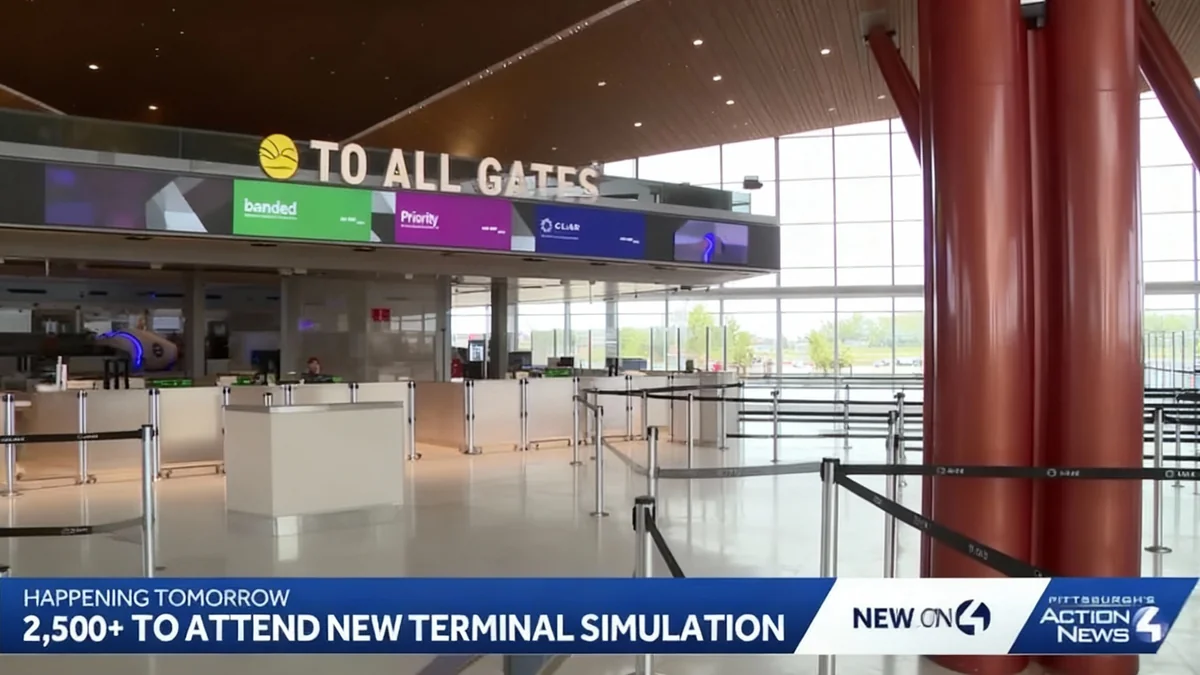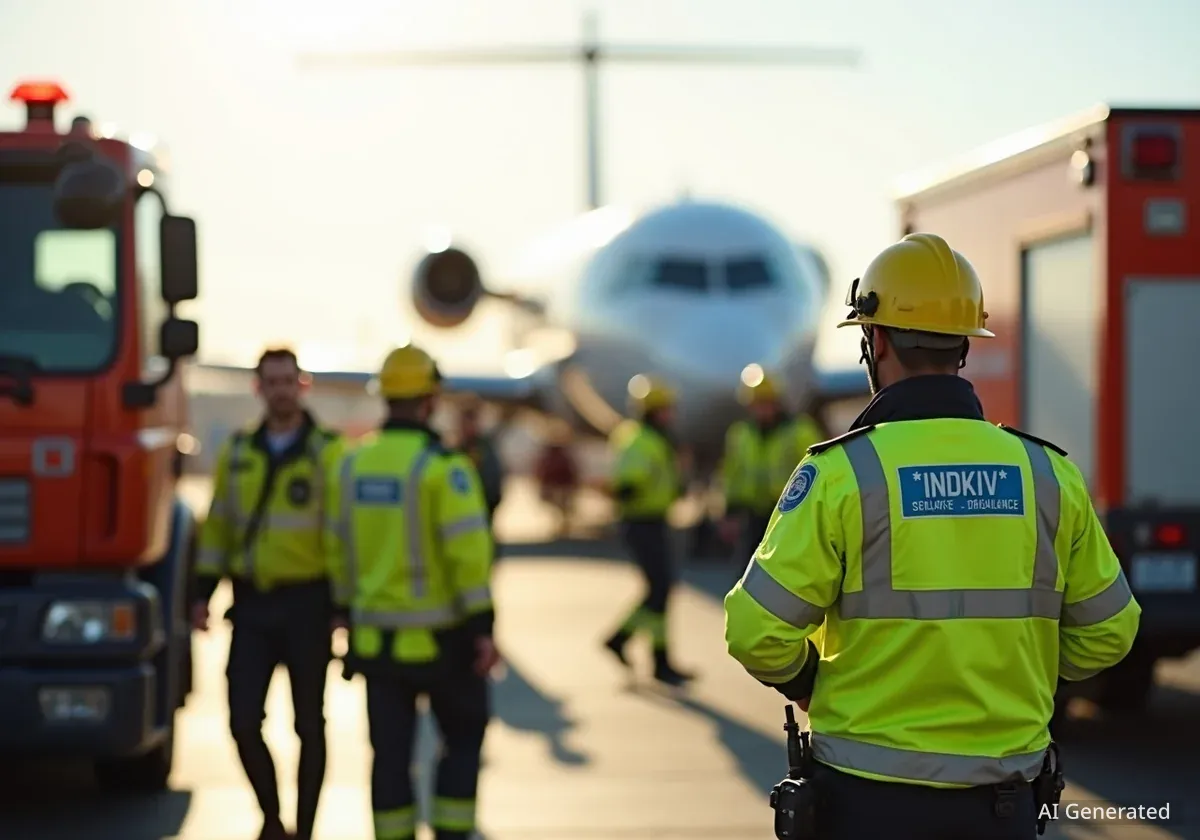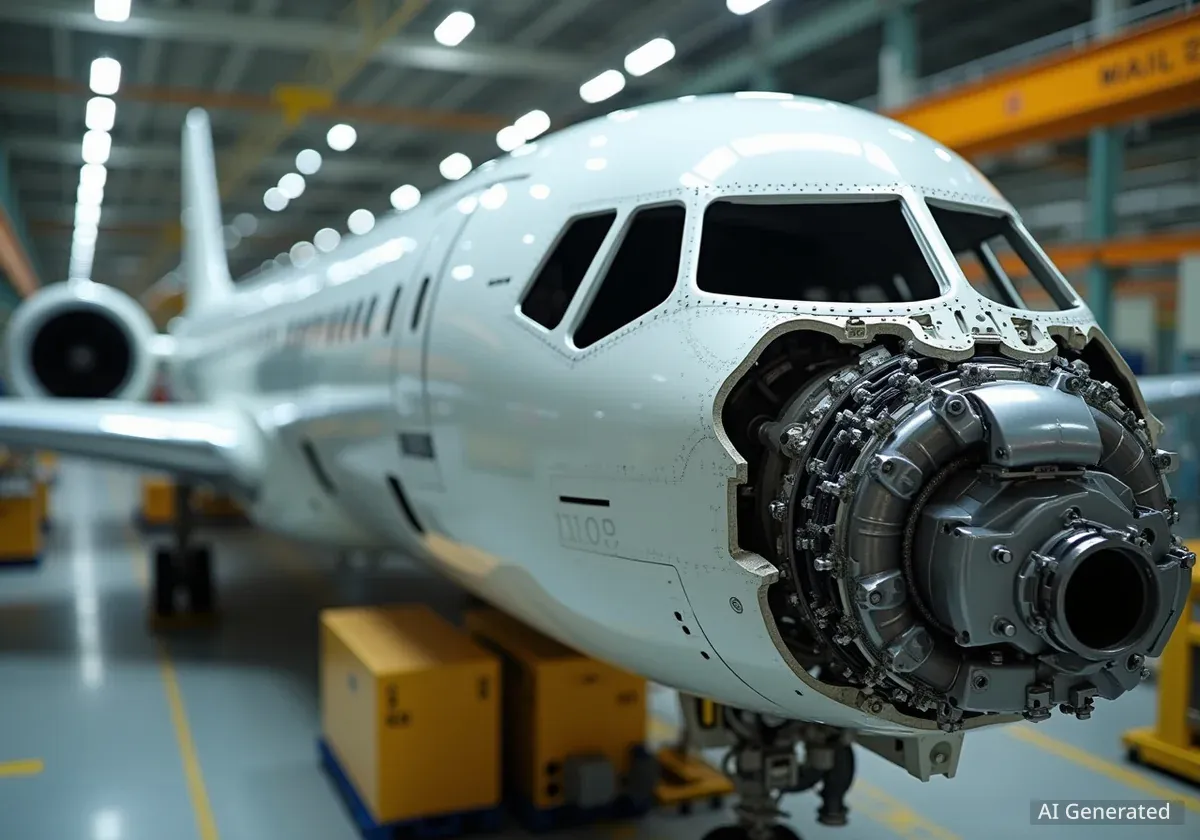Pittsburgh International Airport (PIT) is conducting a final, large-scale operational test of its new terminal today, with 2,500 volunteers stepping in to simulate a full day of peak travel. The event is designed to stress-test every system and procedure before the facility's official grand opening.
Key Takeaways
- Approximately 2,500 community volunteers are participating in a full-scale simulation at PIT's new terminal.
- The test covers the entire passenger journey, from airline check-in and security screening to baggage claim.
- An upgraded 12-lane TSA checkpoint with advanced scanning technology is a key feature being evaluated.
- Data from the trial will be used to make final adjustments before the airport authority announces an official opening date.
Simulating a Peak Travel Day
The new terminal at Pittsburgh International Airport, while appearing ready for passengers, is undergoing a critical evaluation. Airport officials have enlisted a massive group of volunteers to mimic the chaos and flow of a busy travel day, ensuring all components of the new building can handle the pressure.
Each of the 2,500 participants has been given a specific role to play. They arrived with their own luggage and were assigned to check in with various airlines, including American, Breeze, Delta, Spirit, Southwest, United, and JetBlue. This organized roleplay is crucial for testing the capacity and efficiency of the new check-in counters and airline partner operations.
The goal is to identify any potential bottlenecks or operational issues that might not be apparent without a high volume of people moving through the space. The airport authority aims to create a realistic environment to see how the terminal's design and systems perform under real-world conditions.
Why Large-Scale Simulations are Essential
For major infrastructure projects like a new airport terminal, simulations involving hundreds or thousands of people are a standard industry practice. These trials help identify unforeseen problems in passenger flow, signage clarity, system integrations, and staff readiness that cannot be found through computer modeling alone. It's the final step to ensure a smooth transition from the old facility to the new one.
Upgraded Security and Technology
A major focus of Saturday's test is the new and improved Transportation Security Administration (TSA) checkpoint. The facility features 12 security lanes equipped with the latest scanning technology, designed to streamline the screening process for travelers.
The advanced scanners, which resemble jet engines, are a significant upgrade. This new technology is expected to allow passengers to keep liquids inside their carry-on bags and, in many cases, leave their shoes on. Volunteers are being directed through these lanes to test their efficiency and to familiarize TSA staff with managing passenger flow using the new equipment.
By processing a large volume of volunteers, the airport and TSA can measure wait times, identify any technical glitches with the scanning machines, and refine the procedures for directing passengers through the checkpoint efficiently.
Streamlined Screening
The new TSA checkpoint's advanced technology aims to significantly reduce the time and hassle of security screening. The ability to leave approved liquids and electronics in bags is a key feature that airports across the country are gradually adopting to improve the passenger experience.
Testing the Full Passenger Journey
The simulation doesn't end after security. Volunteers are also roleplaying as arriving passengers to test the other side of the airport experience. This involves navigating from the gates to the new baggage claim area.
Participants' personal luggage, checked in earlier in the simulation, is being run through the baggage handling system. This allows the airport to test the system's speed, accuracy, and ability to cope with a high volume of bags. Volunteers will then proceed to the carousels to claim their luggage, completing the full travel loop.
"Testing the check-in counters with our airline partners who will be participating, and then they will be going through the security checkpoint with TSA, and then people will be going downstairs to claim their bag in the bag claim area," said airport spokesperson Bob Kerlik.
This comprehensive approach ensures that every step a passenger takes within the new terminal is thoroughly examined. It includes everything from finding restrooms and concessions to understanding the new signage and layout.
Final Adjustments Before Grand Opening
Throughout the day, airport staff are collecting vast amounts of data and feedback. They are observing passenger flow, timing various processes, and gathering direct input from the volunteers about their experience navigating the new space.
This information will be analyzed in the coming days to identify areas for improvement. Any necessary adjustments, whether to signage, staffing deployment, or system configurations, will be made based on the results of this stress test.
Once the airport authority is confident that the new terminal is ready to provide a seamless experience for the public, an official grand opening date will be announced. For now, the focus remains on perfecting the facility's operations behind the scenes, thanks to the help of thousands of local community members.





